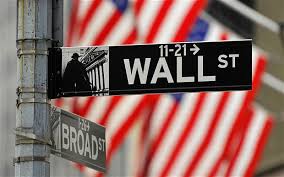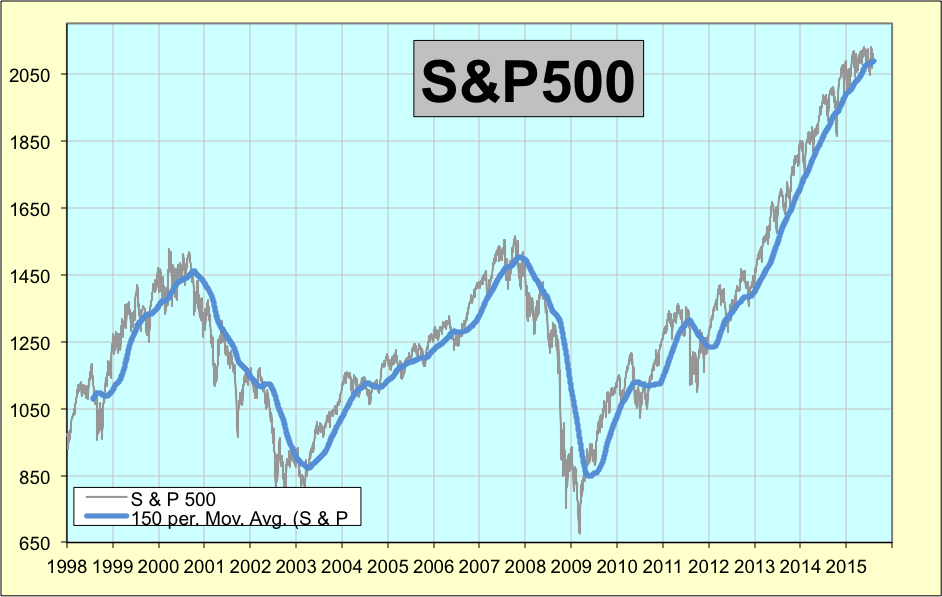 The US economic upswing is the most advanced among the largest world economies. Since the deep collapse during the GFC, the economy has (more or less) steadily advanced. Over the last 7 years, the US cash rate, called the fed funds rate, has been just above zero. In addition, the Federal Reserve Bank (or, for short, the Fed, which is the equivalent in the US of our RBA) has conducted a program of buying government and private long-dated bonds and paying for them with newly created money. Together these two policy tools have helped the economy recover, and the time has now come when monetary policy needs to be normalised.
The US economic upswing is the most advanced among the largest world economies. Since the deep collapse during the GFC, the economy has (more or less) steadily advanced. Over the last 7 years, the US cash rate, called the fed funds rate, has been just above zero. In addition, the Federal Reserve Bank (or, for short, the Fed, which is the equivalent in the US of our RBA) has conducted a program of buying government and private long-dated bonds and paying for them with newly created money. Together these two policy tools have helped the economy recover, and the time has now come when monetary policy needs to be normalised.
The program of bond buying, which was called “Quantitative Easing” (or QE) has come to an end, although the Fed hasn’t yet reversed it and started selling bonds. This has already led to a rise in US government bond yields. The fed funds rate is still at its 75 year low of 0 to 0.25%, but the Federal Reserve Bank Chair, Janet Yellen, has made it very clear that the Fed will be raising it in the next couple of months. She has also made it equally clear that any subsequent rises will be slow and “data driven”, which is another way of saying that if the economy starts to slow, the process will stop.
A rising cash rate is normally negative for the share market. Just how negative depends on other circumstances. If for example it is clear that the economy is in a runaway boom, then it will be very negative. If, however, as is the situation in the US right now, interest rates are just returning to more normal levels after a crisis, then it’s likely that the negative impact on the market will be limited.
 As they say, though, there’s more. At this stage of the economic cycle, the growth in US company profits is faltering. This tends to make it harder for shares to go up. And the US dollar is strengthening (on the back of rising interest rates) which reduces the profits of many of the largest US companies which have extensive overseas operations. On top of that, the US share market has risen threefold since the GFC lows, and is probably due for a correction. We conclude that the US share market is likely to go sideways or fall, by up to 10%, over the next few months.
As they say, though, there’s more. At this stage of the economic cycle, the growth in US company profits is faltering. This tends to make it harder for shares to go up. And the US dollar is strengthening (on the back of rising interest rates) which reduces the profits of many of the largest US companies which have extensive overseas operations. On top of that, the US share market has risen threefold since the GFC lows, and is probably due for a correction. We conclude that the US share market is likely to go sideways or fall, by up to 10%, over the next few months.
How will this affect our local share market? In the past, it’s been very unusual for the All Ordinaries index to move in the opposite direction to the US Standard & Poors 500 index. It does happen, but it’s rare. On the other hand, these current economic circumstances are rare. Normally, world economies are fairly closely in sync. In this cycle, they are very much out of sync. The US is well into its upswing. Europe and Japan and China have just started theirs. And in Australia, growth is likely to remain subdued. It certainly doesn’t seem as if our cash rate will be rising in the near future, even if the US cash rate is rising.
Our conclusion is that the Australian share market will continue to advance over the next few months, but slowly, and with many hesitations and pauses. All the same, the return from shares is very likely to beat the 2% cash rate or the 3% fixed deposit rate by several percentage points. Even without taking capital gains into account, shares yield over 5% in dividends, when franking credits are included.